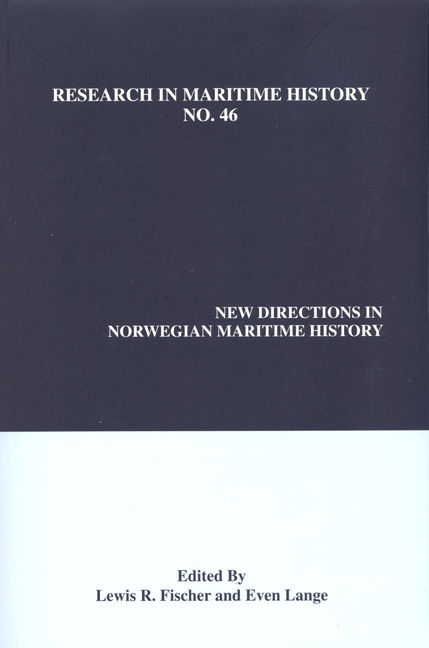“A Great Hundred Years of Timber Freights, 1757-1876”
from Global Integration
Summary
Introduction
The timber trade was the backbone of Norwegian shipping in the nineteenth century. Norwegian vessels participated in all the major trades involving timber and wood – pine, spruce and oak from the Baltic, Canada and the White Sea; pitch pine from the southern US; mahogany and logwood from Central America; and teak from the East Indies. But it all began with the flourishing exports of Norwegian timber and wood to the United Kingdom and northern Europe in the preceding century. In the first half of the eighteenth century, the timber trade to Britain was dominated by British vessels due to the heavy losses suffered by the Norwegian merchant fleet during the Great Northern War. Norwegian shipping prospered again in the last quarter of the eighteenth century, and much of the timber exported to the UK was carried by Norwegian ships. In 1771-1773, as much as seventy-one percent of the tonnage entering from Norway and Denmark was accounted for by foreign vessels, which was significantly more than in any other trade. Not all the foreign vessels were Scandinavian, though. Dutch participation in the trade, which had been considerable in the first part of the seventeenth century, was still important around 1770, as witnessed by the fact that timber exports from Drammen, the largest shipping port for timber at the time, was carried chiefly by Dutch vessels.
The tonnage of the Norwegian fleet trebled between 1777 and 1806. This was a splendid period for owners of Norwegian vessels carrying hewn timber and sawn wood, as well as a diminishing proportion of older staple products, masts and spars. Two factors then caused a halt and even significant reduction in the tonnage of timber ships from Norway. First, the depletion of Norwegian forests meant that there was little room for the expansion of timber exports. Second, and of far greater immediate consequence, was the destruction of much of the Norwegian fleet during the Napoleonic wars.
The timber export trade was the main source of expansion as the Norwegian shipping industry recovered after the destructive Napoleonic war years. Exports to the three main markets – the United Kingdom, France and Holland/Belgium – accounted for eighty-two percent of total exports of timber and wood in the years 1826-1830.
- Type
- Chapter
- Information
- New Directions in Norwegian Maritime History , pp. 7 - 36Publisher: Liverpool University PressPrint publication year: 2011



